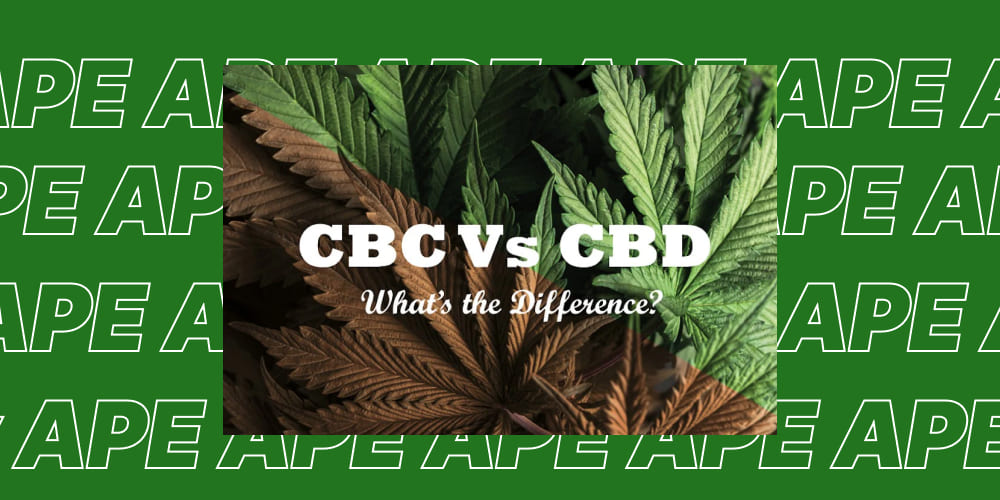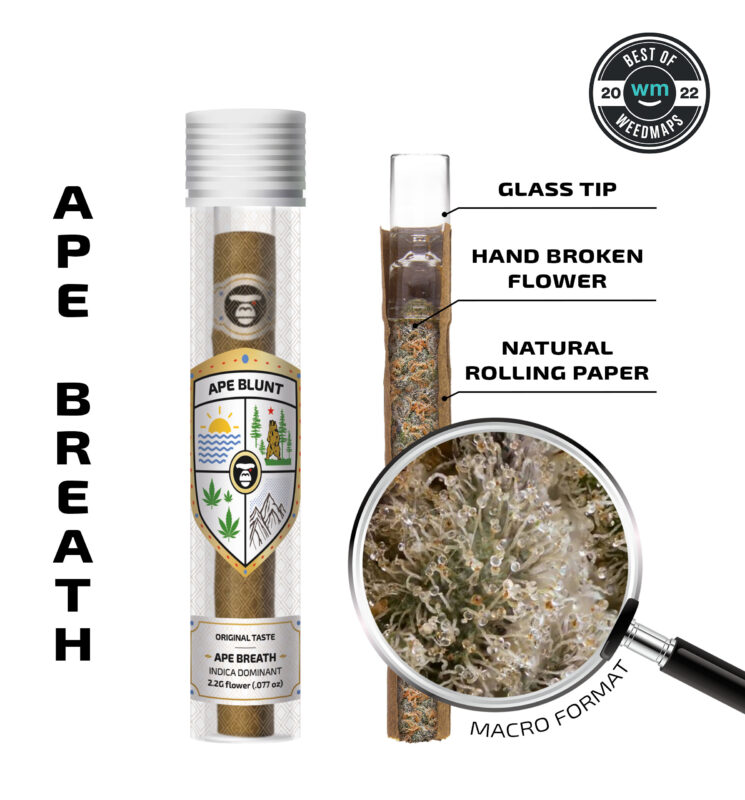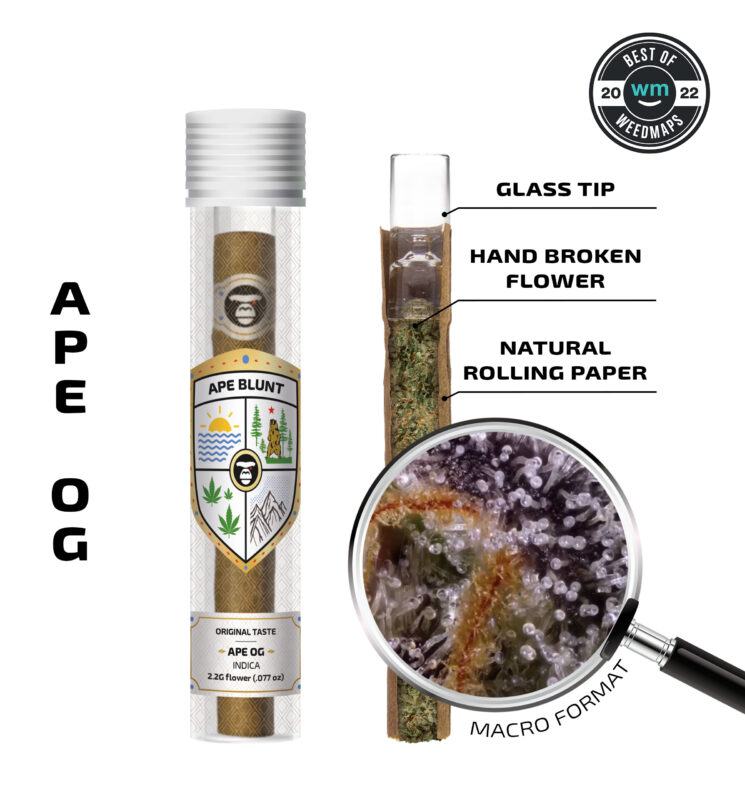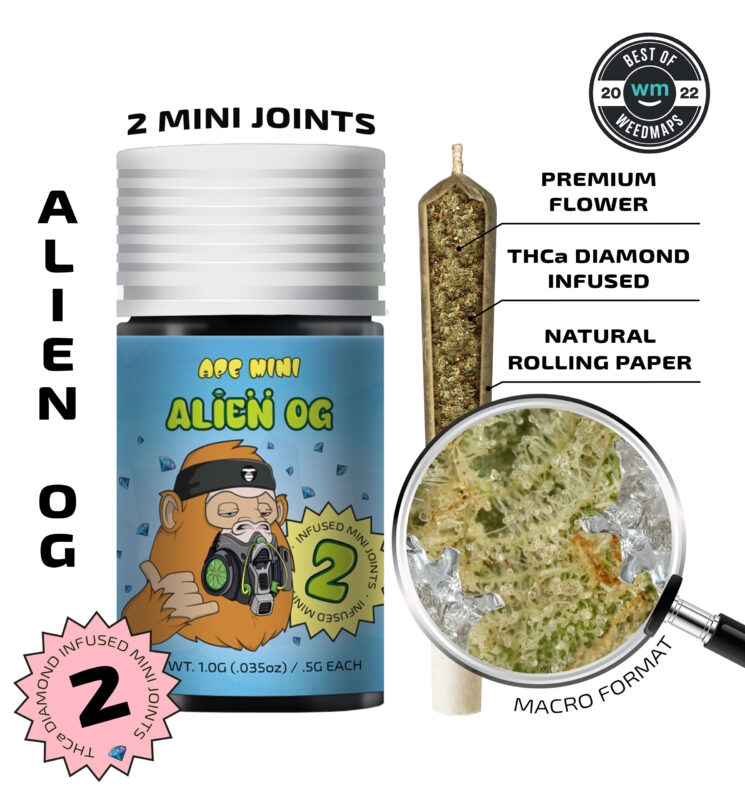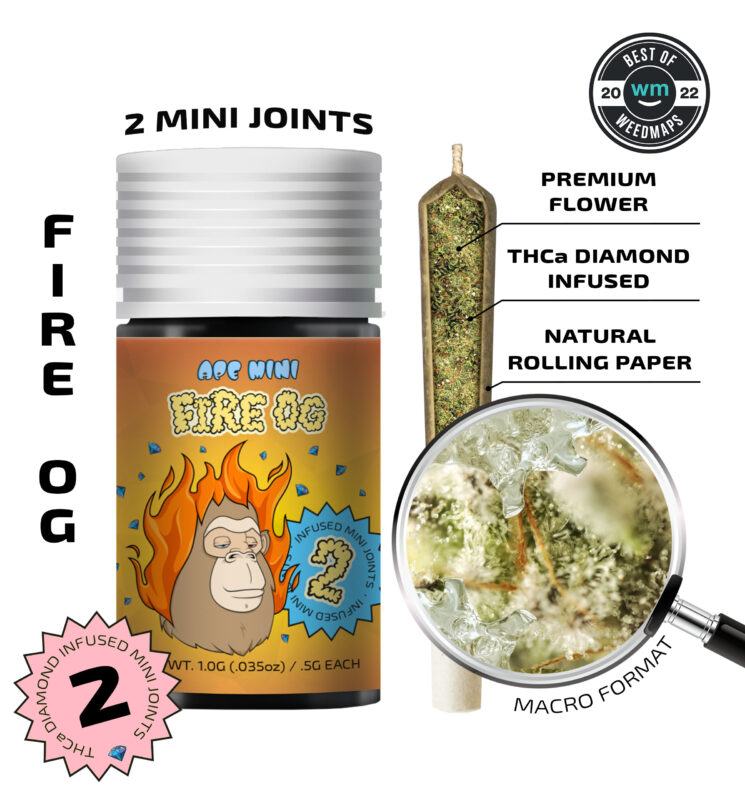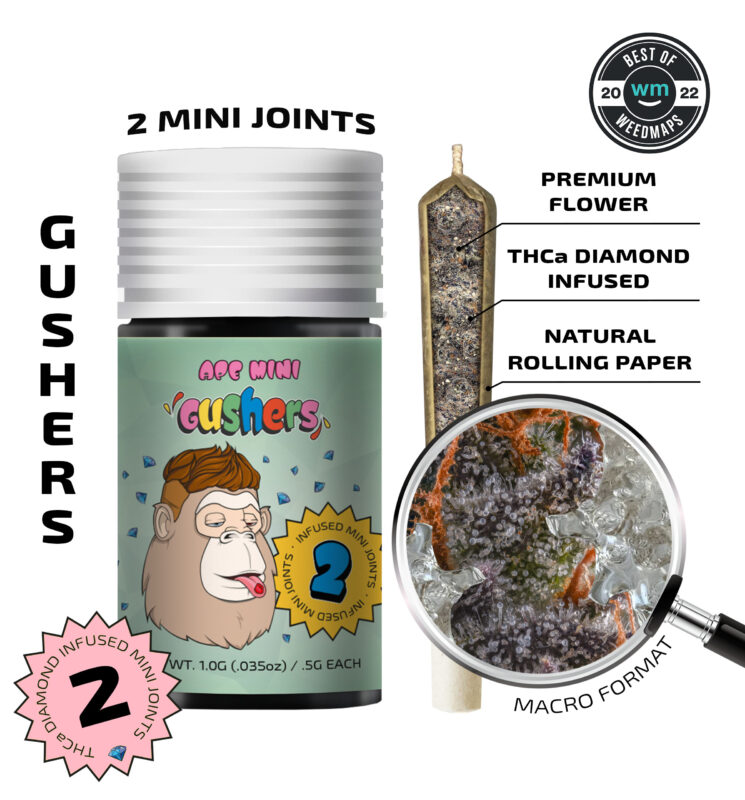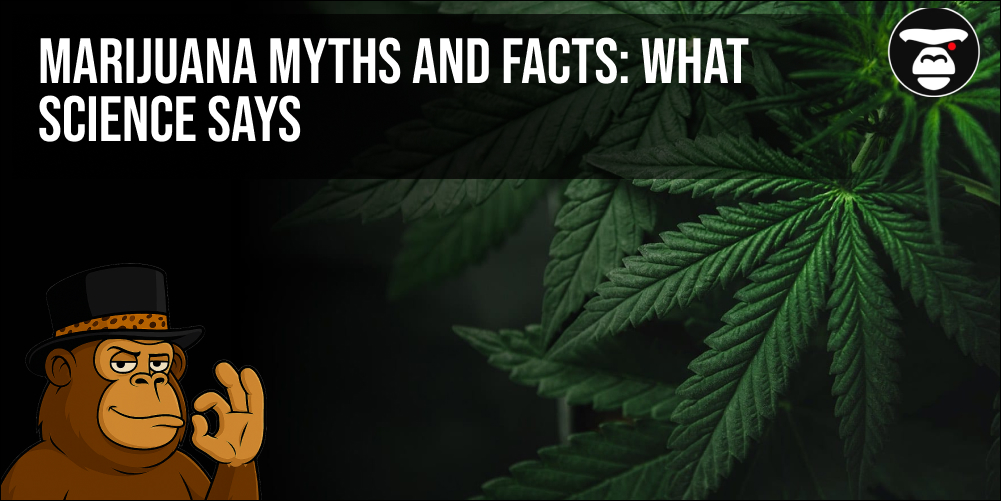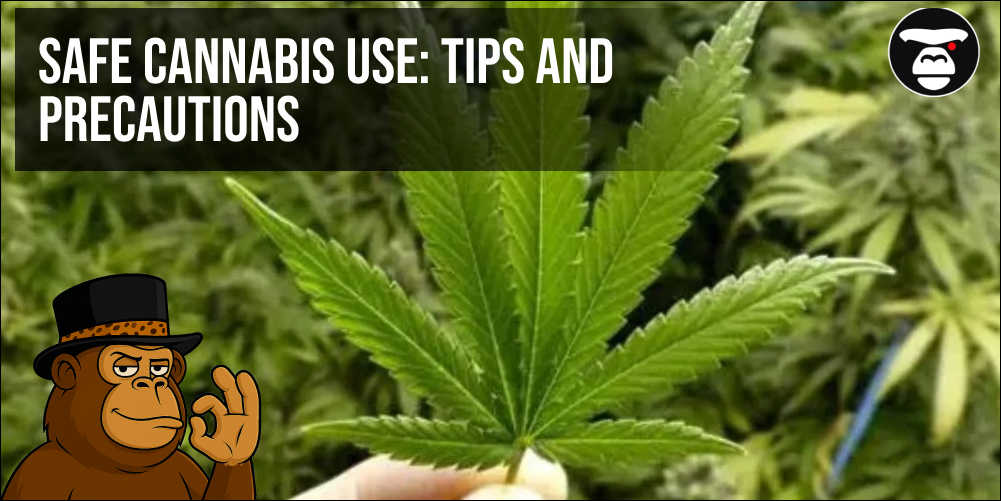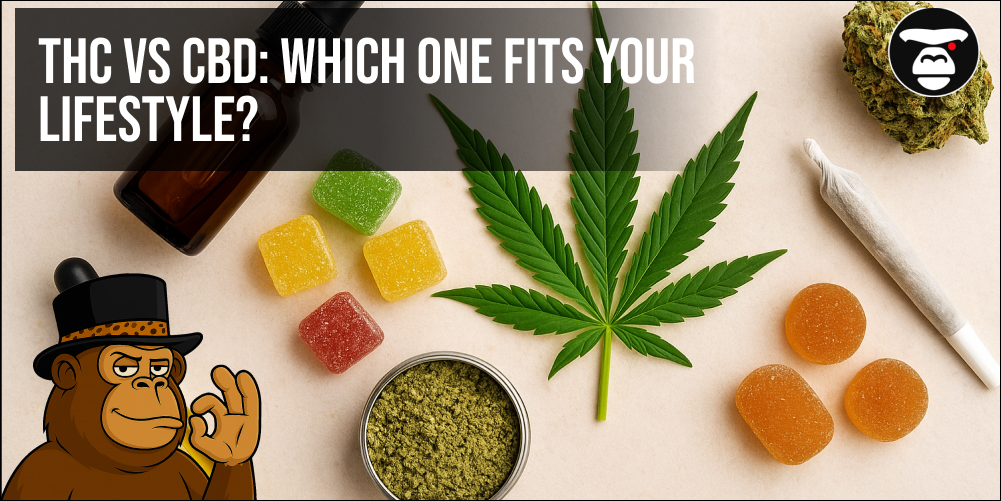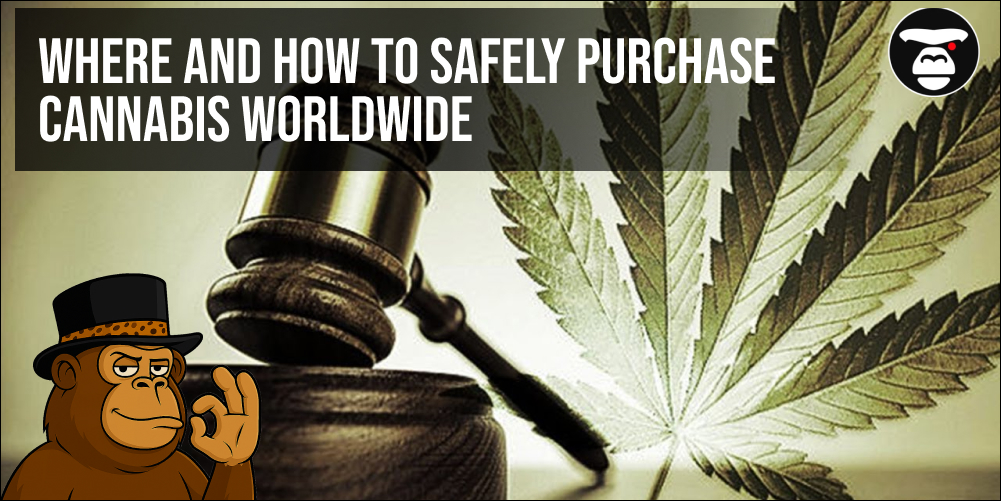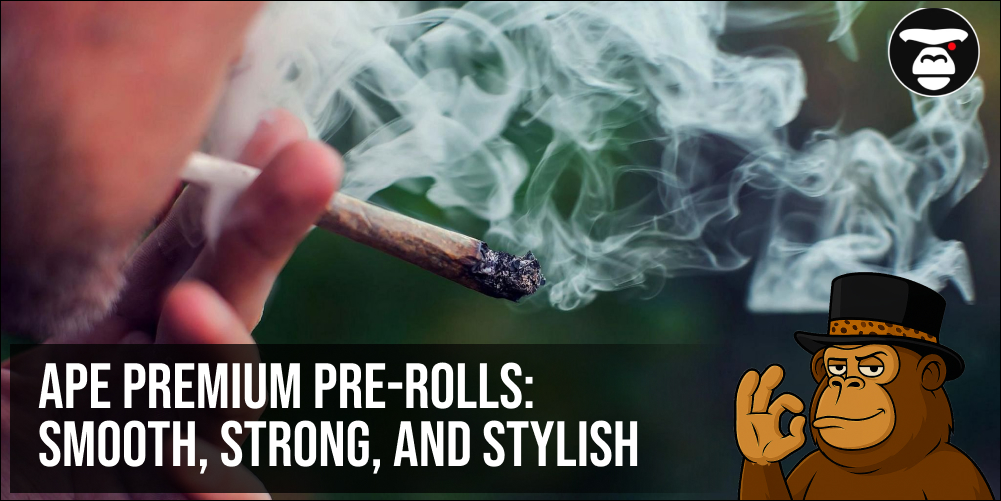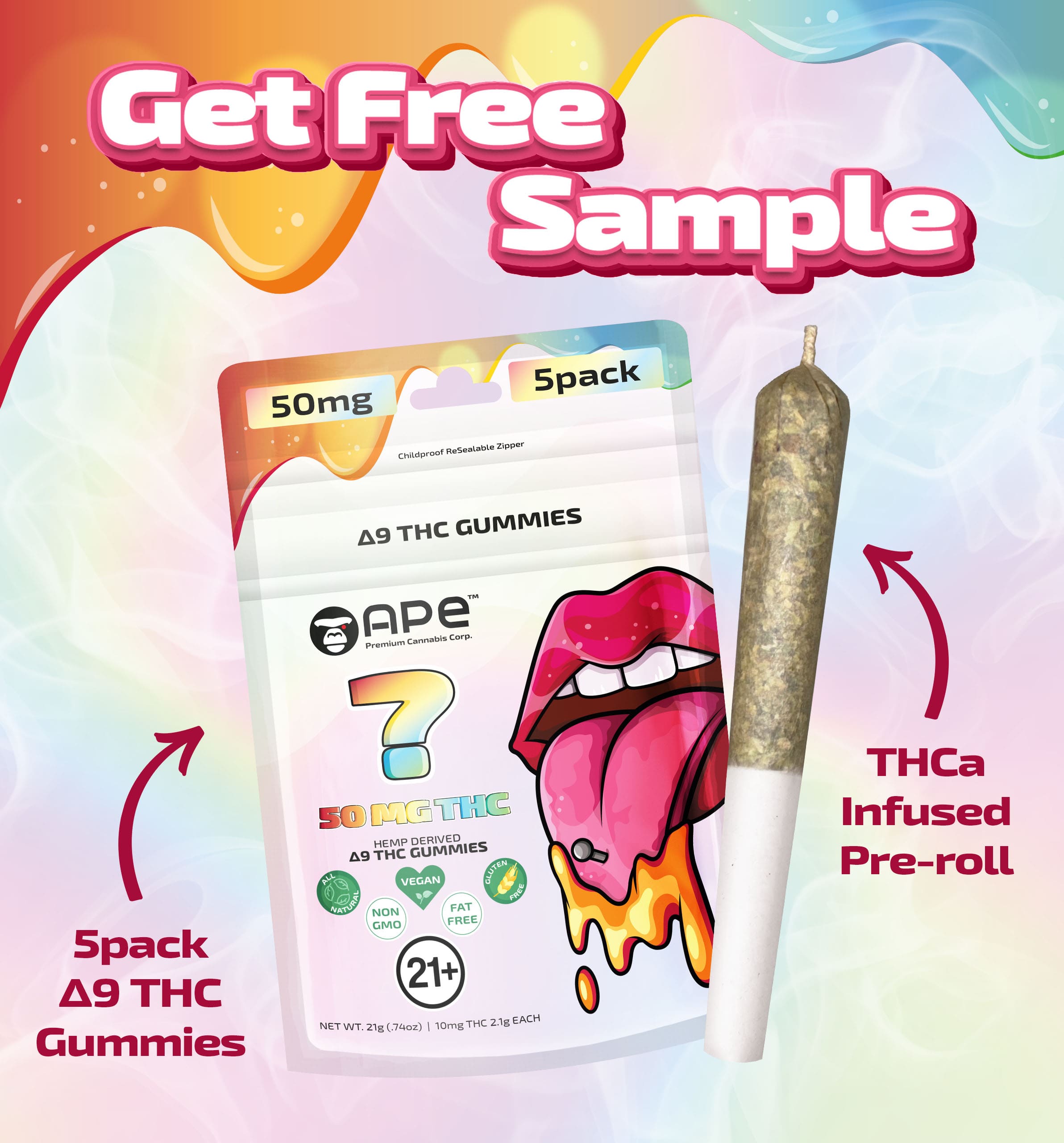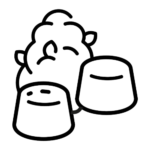What Is CBC and How Is It Different from CBD?
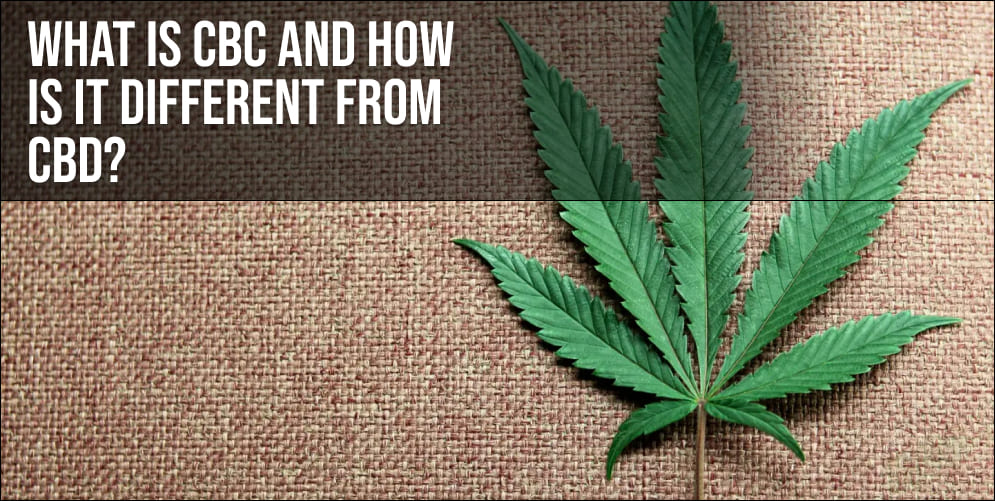
What Is CBC and How Is It Different from CBD? In the ever-expanding world of cannabinoids, CBC (cannabichromene) is steadily gaining recognition alongside its more famous sibling, CBD (cannabidiol). If you thought you knew everything about cannabis, prepare for a delightful little surprise. CBC isn’t just another letter in an acronym; it’s a unique cannabinoid with its own set of potential benefits that might even astound the most seasoned enthusiasts. Think of it as the quiet younger sibling who sat in the corner while the older one hogged all the limelight, but is now ready to show what it’s truly capable of. Understanding what is CBC and how it is different from CBD is key to unlocking new potential.
Unlike CBD, which is often associated with relaxation and discomfort relief, CBC operates in a slightly different manner, opening up new horizons for research and application. Its unique molecular structure and interaction with the body’s endocannabinoid system make it a subject of intense scientific scrutiny. Grasping the distinctions between these two cannabinoids will not only broaden your knowledge of the plant but also help you make more informed choices when selecting products. After all, nobody wants to buy a pig in a poke, especially when it comes to something as intriguing as cannabis. We’ll explore what is CBC and how it is different from CBD in detail.
- CBC (cannabichromene): A non-psychoactive cannabinoid that does not induce a “high.”
- CBD (cannabidiol): Also non-psychoactive and widely known for its calming properties.
- Differences in mechanism of action: Each cannabinoid interacts with receptors in its own distinct way.
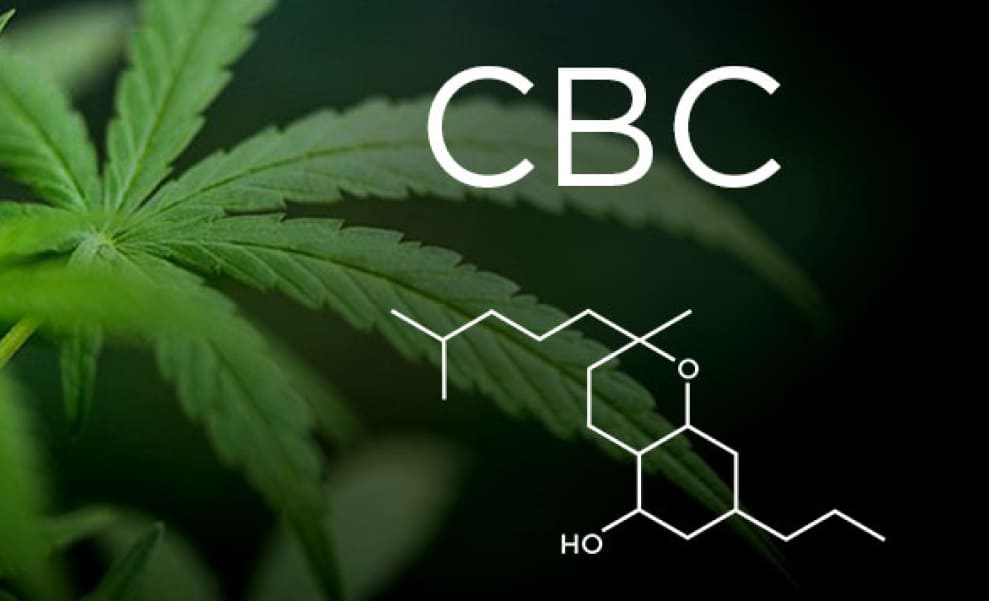
The Origin and Chemistry of CBC: What Is CBC‘s Background?
Every cannabinoid has its own story, and CBC is no exception. Like many other valuable compounds, it originates from cannabigerolic acid (CBGA), often dubbed the “mother of all cannabinoids.” Through the plant’s biosynthesis process, CBGA transforms into various cannabinoid acids, including cannabichromenic acid (CBCA), which, in turn, converts into active CBC upon heating (decarboxylation). It’s a complex yet wonderfully elegant natural process that turns simple elements into something truly valuable. This foundational understanding helps clarify what is CBC and how it is different from CBD at a chemical level.
Chemically, CBC possesses a unique structure that sets it apart from other cannabinoids. Although it doesn’t produce psychoactive effects, its interaction with the endocannabinoid system (ECS) differs significantly from that of CBD or THC. This means CBC can activate or modulate receptors that other cannabinoids only subtly touch. Imagine an orchestra: CBD and THC play their usual instruments, while CBC might suddenly pick up a rare ethnic instrument and add an entirely new sound. This highlights a crucial aspect of what is CBC and how it is different from CBD.
- Starting point: It all begins with cannabigerolic acid (CBGA).
- Transformation: CBGA converts to CBCA, then to CBC.
- Unique structure: Distinct from other cannabinoids, providing specific properties.
Mechanisms of Action: How CBC Interacts with the Body
The impact of CBC on the body differs from CBD, which makes it particularly interesting for research. Instead of directly binding to CB1 and CB2 receptors, as THC does, CBC exhibits a more intricate dance with the endocannabinoid system. Studies suggest that CBC may influence TRPV1 (transient receptor potential vanilloid 1) and TRPA1 (transient receptor potential ankyrin 1) receptors, both involved in pain and inflammation perception. This is a sort of “detour” that allows it to achieve effects not typical of other cannabinoids, potentially even enhancing them. Understanding these interactions is central to answering what is CBC and how it is different from CBD.
Furthermore, CBC is believed to potentially increase levels of anandamide, an endocannabinoid often referred to as the “bliss molecule.” Anandamide plays a crucial role in regulating mood, appetite, and sleep. If CBC indeed helps preserve anandamide in the body, it opens up new avenues for its application. It’s like finding a way not only to produce more happiness but also to keep it from quickly dissipating. This mechanism further differentiates what is CBC and how it is different from CBD.
- Indirect interaction: CBC affects receptors distinct from CB1/CB2.
- Modulation of TRPV1 and TRPA1: Potential influence on pain and inflammation.
- Possible anandamide boost: Supporting the body’s natural processes.
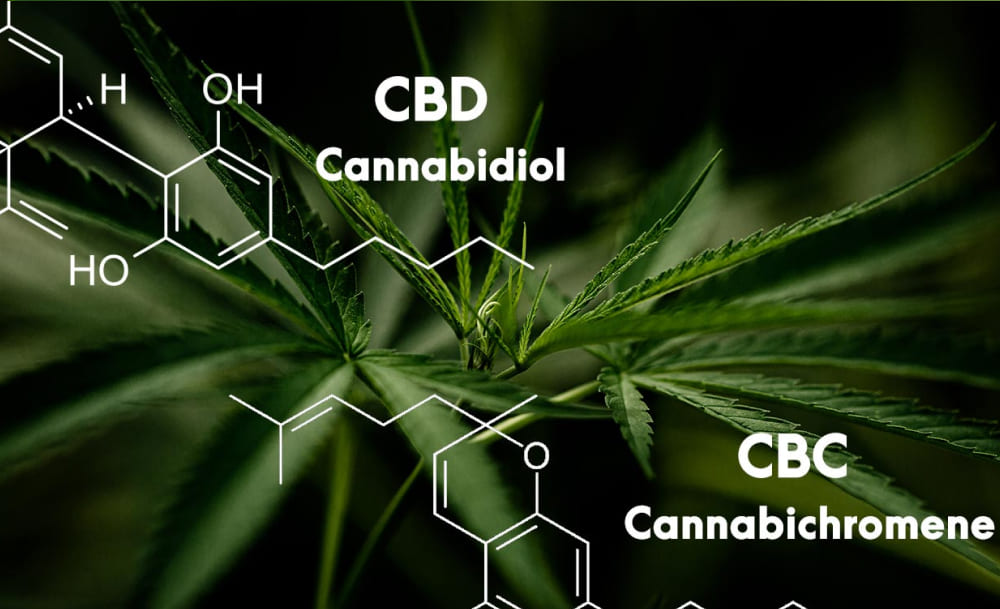
Potential Benefits of CBC: What Is CBC‘s Promise?
Although CBC is less studied than CBD, preliminary research and anecdotal evidence point to a range of potential benefits that make it an appealing subject for further investigation. One of CBC‘s most discussed properties is its potential anti-inflammatory action. It may work in tandem with other cannabinoids, amplifying their effects through what’s known as the “entourage effect.” It’s like a well-coordinated team of superheroes, where each member boosts the abilities of the others. This aspect sheds light on what is CBC and how it is different from CBD in terms of its potential therapeutic applications.
Additionally, CBC is being researched for its potential influence on neurogenesis, which is the formation of new nerve cells. This is critically important for brain health and could have implications for treating certain neurodegenerative conditions. While research is in its early stages, these discoveries are already generating significant interest. Imagine being able not only to support existing cells but also to stimulate the creation of new ones – it sounds like science fiction but could become a reality. This further distinguishes what is CBC and how it is different from CBD.
- Anti-inflammatory action: Potential reduction of inflammation in the body.
- Neurogenesis: Possible stimulation of new neuron growth.
- Entourage effect: Enhancement of other cannabinoids’ actions.
Comparing CBC and CBD: Key Distinctions
So, now that we’ve delved into CBC, let’s clearly compare it with CBD to clarify all the crucial points. Both cannabinoids are non-psychoactive, meaning they won’t induce a “high,” which makes them safe for a wide range of users. However, their pathways of action within the body differ significantly. CBD is known for its ability to interact with ECS receptors indirectly, while CBC, as we’ve discussed, acts on other, less-studied receptors. This comparison directly addresses what is CBC and how it is different from CBD.
CBD is often used for stress relief, sleep improvement, and overall relaxation. It’s a kind of universal soldier in the cannabinoid world, ready to assist in many situations. CBC, with its potential anti-inflammatory and neuroprotective effects, might become a more specialized tool. If CBD is your reliable Swiss Army knife, then CBC is a high-precision laser scalpel for specific tasks. This analogy helps illustrate what is CBC and how it is different from CBD in practical terms.
- Psychoactivity: Both are non-psychoactive.
- Receptors: CBD interacts with the ECS indirectly; CBC with other receptors.
- Applications: CBD for general well-being, CBC for specific purposes.
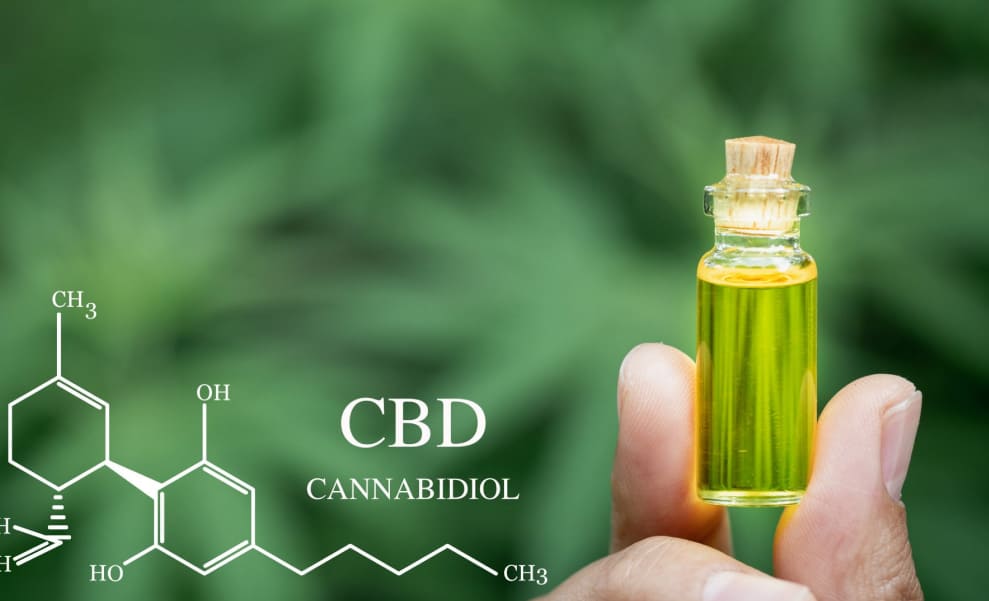
Interacting with Other Cannabinoids: The Entourage Effect with CBC
The concept of the “entourage effect” is a cornerstone of modern cannabinoid science. It’s the idea that the cannabinoids, terpenes, and flavonoids present in the cannabis plant work synergistically, amplifying and modulating each other’s effects. CBC not only participates in this orchestra but can play a very important role within it. Its ability to influence various receptors and potentially increase anandamide levels makes it a valuable player in full-spectrum extracts. This is crucial for understanding what is CBC and how it is different from CBD in the context of whole-plant extracts.
When CBC is present alongside CBD, THC, and other compounds, it can enhance their therapeutic potential. This means you might achieve a more pronounced effect from a smaller amount of product, which is a welcome bonus. It’s like assembling a dream team where each player is not only good on their own but also makes the others better. Therefore, when choosing products, always pay attention to their composition – sometimes the presence of rare cannabinoids like CBC makes all the difference. This further explains what is CBC and how it is different from CBD in terms of overall efficacy.
- Synergy: Cannabinoids work better together.
- Effect enhancement: CBC can boost the efficacy of other compounds.
- Full-spectrum products: Contain the full range of cannabinoids for maximum benefit.
- What Is Live Resin Sugar?
- Pink Runtz Weed Strain: The Strain You Won’t Forget
- [Strawberry Diesel Weed Strain]
CBC Application in Products: Where Is It Heading?
As research into CBC continues, we’re seeing this cannabinoid begin to make its way into the market. While not yet as prevalent as CBD, new products containing CBC are emerging, often in combination with other cannabinoids. These can include oils, tinctures, capsules, and even topical agents designed for localized application. The choice of form depends on your personal preferences and goals. Knowing the product forms helps when asking what is CBC and how it is different from CBD in terms of consumer accessibility.
It’s crucial to remember that product quality plays a key role. Always look for manufacturers who provide independent lab analyses (COAs) for their products. This ensures you’re getting exactly what’s advertised on the label, without unwanted impurities. The world of cannabinoids is expanding, and CBC promises to become an integral part of it. Get ready for this “newcomer” to become a real star. This practical advice is essential when considering what is CBC and how it is different from CBD from a consumer perspective.
- Product forms: Oils, tinctures, capsules, topical agents.
- Combinations: Often used in full-spectrum or broad-spectrum blends.
- Importance of quality: Look for products with lab analyses (COAs).
Conclusion: CBC – A New Hero on the Cannabinoid Stage
In conclusion, CBC (cannabichromene) is not just another cannabinoid; it’s a promising compound that opens new horizons in our understanding of the cannabis plant. Its unique mechanisms of action and potential benefits, such as anti-inflammatory effects and stimulation of neurogenesis, make it a subject of intense interest for scientists and consumers alike. Unlike CBD, which is a versatile all-rounder, CBC might become a more specialized tool for specific applications. This summary clearly articulates what is CBC and how it is different from CBD.
As we learn more about CBC and its interaction with other cannabinoids, we can expect to see new, more effective products emerge. Remember, the entourage effect plays a huge role, and CBC within a full-spectrum extract can offer significantly more benefits. Be curious, explore, and always choose quality products. The world of cannabinoids is full of discoveries, and CBC is one of the most exciting ones. So, when you ask what is CBC and how it is different from CBD, you now have a comprehensive answer.
- Uniqueness of CBC: Non-psychoactive, with distinct mechanisms of action.
- Prospects: Great potential for research and application.
- Future: Expected growth in interest and the emergence of new CBC products.
